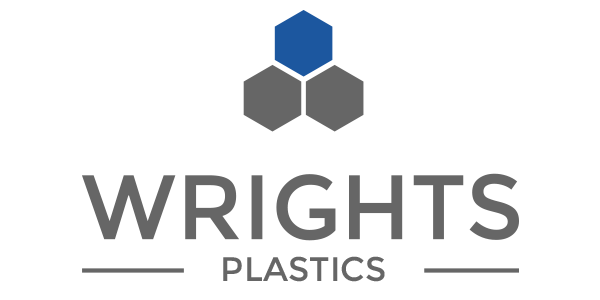The automotive sector in the UK uses a wide range of plastic components in different parts of the vehicles. Some of the most commonly used automotive plastic components include:
- Bumpers: Plastic bumpers are lightweight and can be moulded into different shapes and sizes. They are commonly used in the front and rear of vehicles to absorb impact during collisions.
- Interior parts: Plastic is widely used in the manufacturing of various interior parts of vehicles such as dashboard components, door panels, seat backs, and armrests.
- Lighting components: Plastic is used in the manufacture of various lighting components such as headlight lenses, taillight lenses, and turn signal lenses.
- Fuel systems: Plastic is also used in the manufacture of various fuel system components such as fuel tanks, fuel lines, and fuel pump housings.
- Electrical components: Plastic is used in the manufacture of various electrical components such as wiring harnesses, connectors, and switches.
Overall, plastic components are increasingly used in the automotive sector in the UK due to their lightweight, durability, and flexibility in design
how are plastic automotive parts manufactured?
Plastic automotive parts are typically manufactured using one of several methods, including injection molding, blow molding, thermoforming, and extrusion. The specific manufacturing process used will depend on the type and shape of the component being produced, as well as the desired properties and performance characteristics of the part.
Injection molding is one of the most common methods used for producing plastic automotive parts. This process involves melting plastic pellets and injecting them into a mold cavity under high pressure. Once the plastic has cooled and solidified, the mold is opened and the part is ejected.
Blow molding is another common method used for producing hollow plastic parts, such as fuel tanks and bottles. This process involves blowing hot plastic into a mold cavity and then cooling and solidifying it.
Thermoforming is a process that involves heating a plastic sheet until it becomes soft and then forming it into a desired shape using a mold. Once the plastic has cooled and solidified, the finished part is removed from the mold.
Extrusion is a process used to produce plastic parts with a constant cross-section, such as tubing or profiles. This process involves melting plastic and then forcing it through a die to produce the desired shape.
In all of these processes, the plastic material used is typically a thermoplastic, which can be melted and re-molded multiple times without undergoing any significant chemical changes. This allows for efficient and cost-effective production of plastic automotive parts in large quantities.
what plastics are used to make these components and parts?
Plastics used to make automotive components and parts vary depending on the specific application, but the most commonly used materials include:
- Polypropylene (PP): PP is a thermoplastic polymer that is lightweight, durable, and has good resistance to heat and chemicals. It is commonly used in the manufacture of interior parts such as dashboards, door panels, and seat backs.
- Acrylonitrile Butadiene Styrene (ABS): ABS is a thermoplastic polymer that is tough, impact-resistant, and has good heat resistance. It is commonly used in the manufacture of exterior parts such as bumpers, grilles, and body panels.
- Polycarbonate (PC): PC is a thermoplastic polymer that is transparent, impact-resistant, and has good heat resistance. It is commonly used in the manufacture of lighting components such as headlight lenses and taillight lenses.
- Polyurethane (PU): PU is a thermosetting polymer that is flexible, durable, and has good resistance to abrasion and impact. It is commonly used in the manufacture of seating components such as foam cushions and armrests.
- Polyethylene (PE): PE is a thermoplastic polymer that is lightweight, durable, and has good resistance to chemicals and moisture. It is commonly used in the manufacture of fuel system components such as fuel tanks and fuel lines.
These materials are chosen based on their mechanical properties, chemical resistance, durability, and cost-effectiveness for the specific application. Other plastics that are commonly used in the automotive industry include polystyrene (PS), polyvinyl chloride (PVC), and polyamide (PA), among others.

